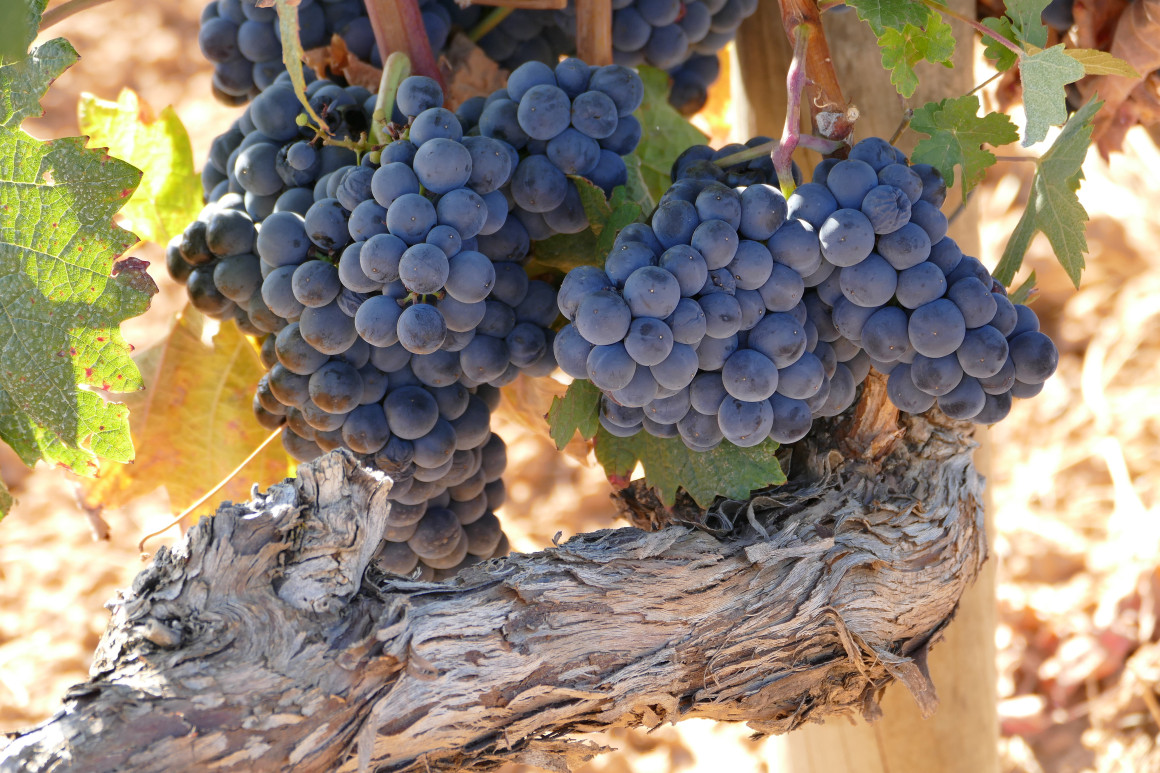- The 2023 harvest season, which was particularly marked by the complex weather conditions, began on 29th August and lasted 54 days, until 22nd October
- Despite being considered one of the most complex harvests to date, they have achieved the necessary ripening balances among probable alcohol content, natural acidity, and pH, resulting in a grape of optimum overall quality
Roa, 14th November 2023 – The harvest season in the Ribera del Duero Designation of Origin has come to an end. The harvest began on 29th August and, after 54 days of work, the results of this 42nd season are now available. A total of 7,425 winegrowers and 27,256.10 hectares of registered vineyards are the protagonists of the results obtained from the 2023 campaign grape harvest.
This is how Ribera del Duero completed a successful harvest season, taking into account the kilos of grapes harvested and the climate factor, as this year's harvest was 12% higher than the one recorded in 2022 (105,038,409 kilos). The year closed with a total of 117,619,302 kilos of grapes, of which 928,895 kilos were white grapes and 116,690,407 kilos were red grapes, mostly Tinta Fina from Ribera del Duero. This quantity of grapes harvested represents a yield per hectare of 4,315 kilos, which is evidence of the clear commitment of winegrowers and winemakers to low yields to obtain grapes of excellent quality.
The quality of this vintage is also reflected in the grape harvesting process, since, in order to obtain wines of the best possible quality, the grapes have been harvested mainly by hand. This work, despite being more physically and economically demanding, makes it possible to be much more precise when selecting the bunches in order to control production from the vineyard itself. In this year's campaign, harvested by hand has increased to 72.1% of the total area, which is proven by the excellent results.
Once again, the WebBacchus application has become a key ally for the Certification Department of the Regulatory Council of the Denomination of Origin Ribera del Duero. This app is a pioneering tool, developed and patented by the DO Ribera del Duero, and is already being used by other Designations of Origin. Once again, it has assisted the technical teams in monitoring the grape harvest, as well as the different procedures concerning grape growers and wineries. Naturally, the presence of on-site teams has also been key to this year's campaign, with gaugers, campaign assistants, coordinators, and auditors.
Climate change: a conditioning factor in a complex harvest season
Once again this year, the weather conditions of the last few months have had a particular impact on both the development of the vineyards and the grape harvest. Thus, the pronounced and changing climate marked the beginning of the growing cycle and a summer period characterised by drought, followed by heavy rains and low temperatures in the first half of September, and finally by extreme heat in the second half of October.
So, how has this climate affected the vineyards of the Ribera del Duero DO? It has had a very positive effect, as the rains in September have allowed the grapes to increase in size and correctly complete the alcoholic and phenological ripening processes during the month of October. This has also helped vine growers and wineries to stagger harvesting times, collecting the grapes at their optimum point of ripeness. Despite being considered one of the most complex and diverse harvests, the necessary ripening balances among the probable alcohol content, natural acidity, and pH have been achieved, resulting in a grape in good health and physic-chemical condition, and with optimum overall quality.
As a result, this vintage will produce very different wines with very different qualities, depending on the terroir in which they have evolved. The white and rosé wines are characterised by a great aromatic intensity and freshness without an excessive concentration of alcohol, as is also the case with red wines. These, in turn, will be characterised by their aromatic potential, their great structure, and complexity. In addition, the good phenological balance achieved in the final ripening process allows winemakers to produce wines that will express the main characteristics of a Ribera del Duero: aromatic complexity, long finish, and fleshiness.
This vintage will undoubtedly reinforce the predominance of great wines from the Ribera del Duero DO with a strong personality.



